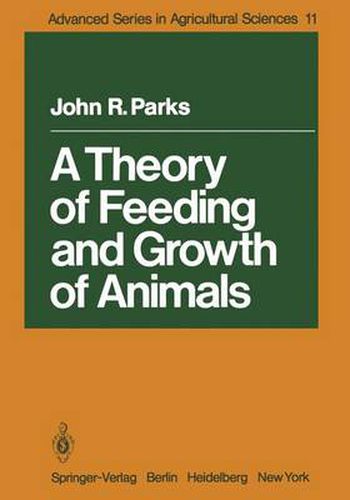Readings Newsletter
Become a Readings Member to make your shopping experience even easier.
Sign in or sign up for free!
You’re not far away from qualifying for FREE standard shipping within Australia
You’ve qualified for FREE standard shipping within Australia
The cart is loading…






This title is printed to order. This book may have been self-published. If so, we cannot guarantee the quality of the content. In the main most books will have gone through the editing process however some may not. We therefore suggest that you be aware of this before ordering this book. If in doubt check either the author or publisher’s details as we are unable to accept any returns unless they are faulty. Please contact us if you have any questions.
Geoffrey R. Dolby, PhD One of the principal characteristics of a scientific theory is that it be falsifiable. It must contain predictions about the real world which can be put to experimental test. Another very important characteristic of a good theory is that it should take full cognisance of the literature of the discipline in which it is embedded, and that it should be able to explain, at least as well as its competitors, those experimental results which workers in the discipline accept without dispute. Readers of John Parks’ book will be left in no doubt that his theory of the feed ing and growth of animals meets both of the above criteria. The author’s knowl edge of the literature of animal science and the seriousness of his attempt to incorporate the results of much previous work into the framework of the present theory result in a rich and imaginative integration of diverse material concerned with the growth and feeding of animals through time, a theory which is made more precise through the judicious use of mathematics. The presentation is such that the key concepts are introduced gradually and readers not accustomed to a mathematical treatment will find that they can appreciate the ideas without undue trauma. The key concepts are clearly illustrated by means of a generous set of figures. The crux of the theory comprises three differential Eqs. (7. 1-7.
$9.00 standard shipping within Australia
FREE standard shipping within Australia for orders over $100.00
Express & International shipping calculated at checkout
This title is printed to order. This book may have been self-published. If so, we cannot guarantee the quality of the content. In the main most books will have gone through the editing process however some may not. We therefore suggest that you be aware of this before ordering this book. If in doubt check either the author or publisher’s details as we are unable to accept any returns unless they are faulty. Please contact us if you have any questions.
Geoffrey R. Dolby, PhD One of the principal characteristics of a scientific theory is that it be falsifiable. It must contain predictions about the real world which can be put to experimental test. Another very important characteristic of a good theory is that it should take full cognisance of the literature of the discipline in which it is embedded, and that it should be able to explain, at least as well as its competitors, those experimental results which workers in the discipline accept without dispute. Readers of John Parks’ book will be left in no doubt that his theory of the feed ing and growth of animals meets both of the above criteria. The author’s knowl edge of the literature of animal science and the seriousness of his attempt to incorporate the results of much previous work into the framework of the present theory result in a rich and imaginative integration of diverse material concerned with the growth and feeding of animals through time, a theory which is made more precise through the judicious use of mathematics. The presentation is such that the key concepts are introduced gradually and readers not accustomed to a mathematical treatment will find that they can appreciate the ideas without undue trauma. The key concepts are clearly illustrated by means of a generous set of figures. The crux of the theory comprises three differential Eqs. (7. 1-7.